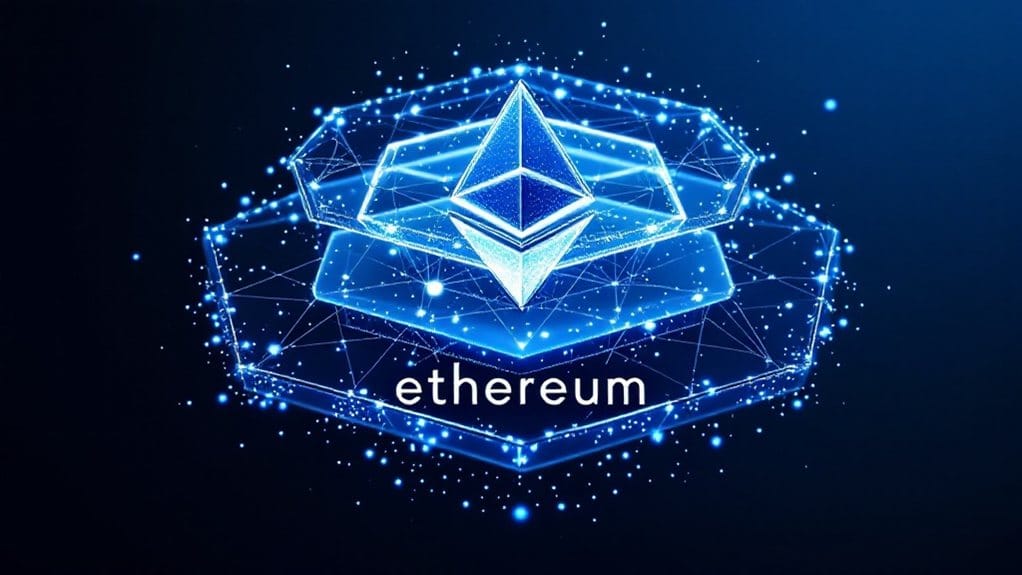Gas fees are transaction costs paid in cryptocurrency networks that compensate validators for processing and securing blockchain operations. These fees, typically measured in gwei (one-billionth of an ether), fluctuate based on network congestion and computational complexity of transactions. Network participants must consider gas fees when executing trades, smart contracts, or DeFi operations, as they greatly influence total transaction costs. Understanding gas fee mechanics reveals essential insights into blockchain economics and efficiency optimization strategies.

Gas fees, the essential transaction costs within blockchain networks, serve as the fundamental economic mechanism that powers the digital infrastructure of cryptocurrencies like Ethereum. These fees, denominated in gwei (one-billionth of an ether), compensate validators for the computational energy required to process and verify blockchain transactions, while simultaneously protecting the network from potential spam attacks and inefficient resource utilization. Gas validators secure the network by staking their own Ether and verifying transactions.
The calculation of gas fees involves two primary components: the gas limit, which represents the maximum computational work required for a transaction, and the gas price, measured in gwei, which reflects the amount users are willing to pay per unit of computation. The product of these components determines the final transaction cost, which fluctuates based on network congestion and general demand for block space. Private blockchain networks may implement different approaches to gas fees based on their specific access policies and structural requirements.
Following Ethereum’s shift to proof of stake, gas fees have assumed an even more significant role in the network’s economic model. A portion of these fees is systematically burned to manage ETH inflation, while the remainder incentivizes validators to maintain network security. This mechanism creates a dynamic equilibrium between network usage and transaction costs, particularly evident during periods of high congestion when users compete through gas price auctions for transaction priority. Optimistic Rollups and other Layer-2 solutions help reduce transaction costs by processing transactions off-chain while maintaining security.
The impact of gas fees extends deeply into the decentralized finance (DeFi) ecosystem, affecting activities such as lending, trading, and staking. High gas fees during peak network usage have prompted the development of layer 2 scaling solutions and encouraged users to investigate alternative blockchain networks with lower transaction costs. This competition has sparked innovation in blockchain scalability solutions and led to the emergence of numerous layer-1 alternatives to Ethereum.
Network participants have developed sophisticated strategies for managing gas costs, including timing transactions during periods of low network congestion and utilizing layer 2 solutions for cost-effective operations.
The interplay between gas fees, network congestion, and user behavior continues to shape the evolution of blockchain technologies, driving improvements in scalability and efficiency across the cryptocurrency ecosystem.
FAQs
Can Gas Fees Be Refunded if a Transaction Fails?
Gas fees can be partially refunded when transactions fail, though the specific amount depends on the failure point in the execution process.
The base fee portion used for initial processing remains non-refundable, while unused gas allocated for computational steps may be returned.
Users should note that failed transactions due to insufficient gas limits or network congestion still incur partial charges for the network resources utilized.
Do Different Times of Day Affect Gas Fee Prices?
Gas fees fluctuate markedly throughout the day based on network activity and user demand.
Early morning hours (4-6 AM EST) and late nights (11 PM-1 AM EST) typically experience lower fees due to reduced congestion.
Weekend transactions generally cost less than weekday operations.
Regional time zones also impact fee variations, with Asian evening hours and US early mornings often presenting more cost-effective windows for blockchain transactions.
Why Are Some NFT Minting Gas Fees Higher Than Others?
NFT minting gas fees vary primarily due to three key factors: transaction complexity, network congestion, and smart contract design.
Complex NFTs with multiple attributes, animations, or extensive metadata require more computational resources, leading to higher fees.
Furthermore, the chosen blockchain network greatly impacts costs, with Ethereum typically charging more than alternatives like Solana or Polygon due to its congestion levels and processing requirements.
Can You Avoid Gas Fees by Using a Different Blockchain?
Users can reduce, but not completely avoid, gas fees by switching to alternative blockchains.
Networks like Binance Smart Chain, Polygon, and Solana offer considerably lower transaction costs compared to Ethereum.
For example, while Ethereum gas fees might range from $5-$50, Polygon’s fees typically stay under $0.01.
However, all blockchain transactions require some fee to compensate validators and prevent network spam.
How Do Layer 2 Solutions Reduce Gas Fees?
Layer 2 solutions reduce gas fees by processing transactions off the main blockchain before settling them in batches.
These solutions utilize rollup technology to bundle multiple transactions together, spreading costs across users and minimizing individual fees.









